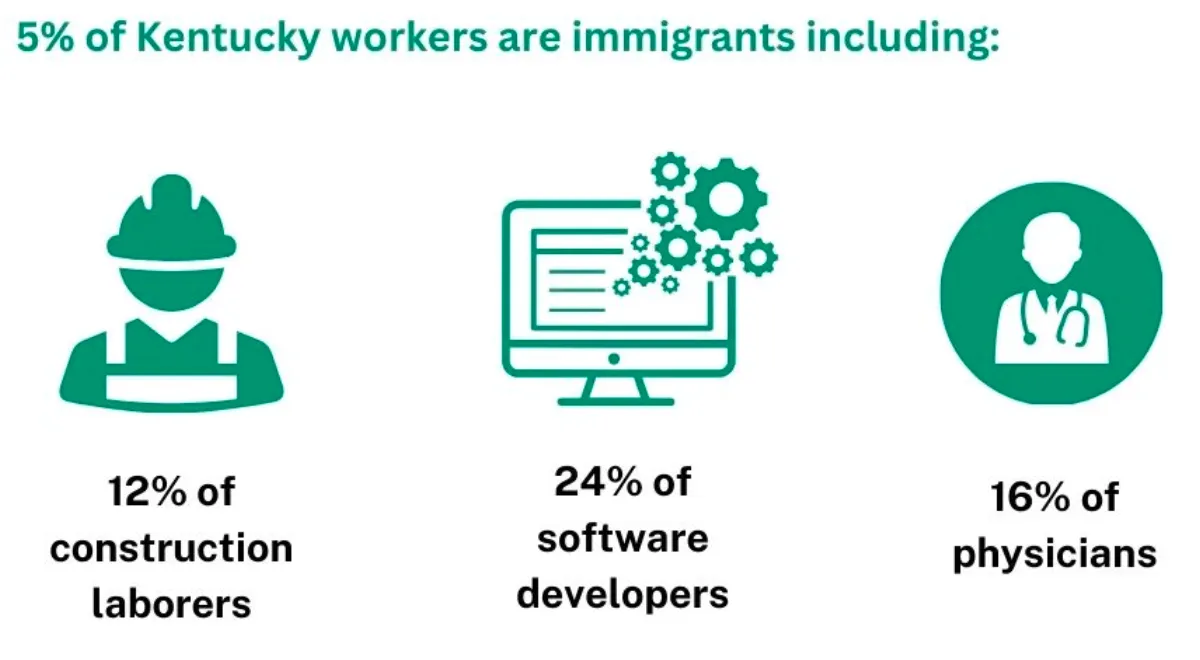Table of Contents
Here is a quick Explainer of the three types of retirement plans under discussion in the Kentucky pension debate. Note that this is a summary, and not an in-depth discussion.
Defined benefit (traditional pension)
A defined-benefit plan is a plan that promises a certain benefit upon retirement: “work for us for this number of years, and at the end we’ll give you a guaranteed income for as long as you live.” This is the traditional pension that was common decades ago, but has been abandoned by most businesses even while it has stayed in place in the public service sphere.
Why have businesses stopped providing these traditional pensions?
Because of the assumption of risk by the employer. As people began to live longer and longer, and as health care costs continued to sky rocket, the actuarial assumptions that said “this is how much money you have to set aside to cover these pensions” became wildly inaccurate. Businesses were having to set aside more and more of their current cash flow to fund future pension distributions.
Why do many public-service employees still have pensions?
Pensions are a significant way to attract and retain employees, while paying them less than market prices. The quintessential example is the military: Stay with us 20 years, even though we move you every few years and disrupt your family life and oh by the way you could get killed while working for us – and at the end of that 20 years you’ll have a guaranteed income for the rest of your life.
Many public-service employees, such as teachers, could make much more money in the private sector – but one reason they continue to teach is for the promise of the pension after they’ve put in the required number of years. If you start teaching at 23, and get a pension at 27 years of service (age 50), that can be very attractive.
Remember, though, that Kentucky teachers who get pensions do NOT get Social Security. At all. That means that if the pension goes away, they have NO safety net of any kind for their old age.
Defined contribution (401k-style plans)
In contrast to a pension, which promises a certain level of income in retirement, a defined contribution plan only says that an employer is required to put in a certain amount of money today, usually as a match to a certain level of contribution by an employee. Those contributions—employer and employee—are then invested in various investment vehicles, usually by an outside management company.
It is possible that a 401(k) plan – the most common kind – may significantly out-perform a traditional pension. It is also possible that it could be significantly damaged in an economic downturn. As with all investments, “past results are not a guarantee of future earnings.”
Why did companies move from pensions to 401(k) plans?
To transfer the future risk from the company to the employee. The company has a current fixed cost, based on their payroll. There are no actuarial assumptions to worry about, because there is no future payment. The 401(k) contribution is just like any other expense for the company.
Hybrid cash-balance plan
A so-called hybrid plan combines the defined-contribution design of a 401(k) with some level of guaranteed return like a pension. Employers and employees are required to contribute certain amounts, but the employer guarantees the employee will receive a certain return on their investments, and if they do not, the employer promises to make up the difference.
This is less attractive to employees than a traditional pension, but more attractive than a 401(k), because the employee gets to keep any investment earnings when times are good, but is protected from losing their retirement when times are bad. To provide a contingency fund to cover possible losses, most employers keep a certain percentage of the investment gains in the plans, giving the rest of the gains to the employee.
The “cash-balance” part of the name simply means that when the employee retires, the balance in their hybrid plan is their payout. There are no promises made about future earnings, and there are no cost-of-living adjustments, like there are for both traditional pensions and for Social Security.
What to watch for in all plans
- How much the employer contributes
- How much the employee contributes
- How many years it takes to be fully vested
- How many years it takes to earn full benefits
- How much are the management fees, and who pays them
- How much does the employer hold back in the hybrid plan
- What investment options are available (a sore point in many 401k plans, where the only investment option was the company’s stock, or a very limited set of mutual funds)
–30–






